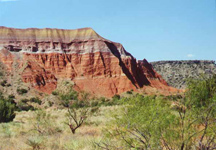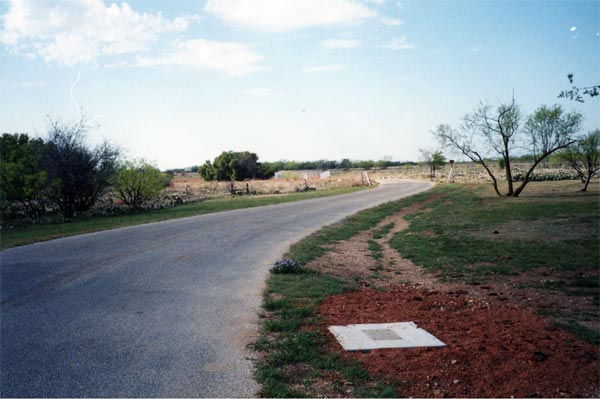CES services on numerous TPWD projects have included evaluation of existing wastewater facilities; soils and site evaluations; process selection given site conditions; preliminary and final design; cost estimates; bid review assistance; construction inspection; and overall project coordination and management for wastewater systems improvements at parks statewide. State parks for which these types of engineering services have been provided include Palo Duro Canyon, Caprock Canyons, Copper Breaks, Fort Griffin State Historical Park, Government Canyon, Cleburne State Park, Kerrville-Schreiner, Lake Colorado City, Enchanted Rock, Lost Maples, Landmark Inn State Historical Park, and Buescher State Park.
Other work for TPWD on these projects has included engineering services associated with regulatory permitting processes, and the development of operation and maintenance recommendations for the various types of systems serving the parks.
 Palo Duro Canyon State Park is an expansive park located in canyon lands in the Texas Panhandle. Palo Duro Canyon is a popular tourist stop, with magnificent views in and along the canyon, and a variety of activities and points of interest in or near the park including trail and jeep rides, a visitor center with historical displays, and hiking. The park is also home to a large outdoor amphitheater where popular stage productions take place.
Palo Duro Canyon State Park is an expansive park located in canyon lands in the Texas Panhandle. Palo Duro Canyon is a popular tourist stop, with magnificent views in and along the canyon, and a variety of activities and points of interest in or near the park including trail and jeep rides, a visitor center with historical displays, and hiking. The park is also home to a large outdoor amphitheater where popular stage productions take place.
Read More…
 Fort Griffin Historical Park
Fort Griffin Historical Park
This project involved the planning and design of wastewater improvements for three areas within a large state park in northwest Texas. The three areas to be served included (1) a campground and RV dump station, (2) a ranger’s residence and an adjacent maintenance shop, along with a host RV site; and (3) a Visitor’s Center and park headquarters across a highway from the other two systems. Due to very rocky conditions on the Visitor’s Center side of the highway, that portion of the system necessitated a more thorough site evaluation to determine the most cost-effective wastewater service approach for that facility. Also, much of the land is designated as an historic conservation area, due to its use as a fort in the 1800’s. Read More…
